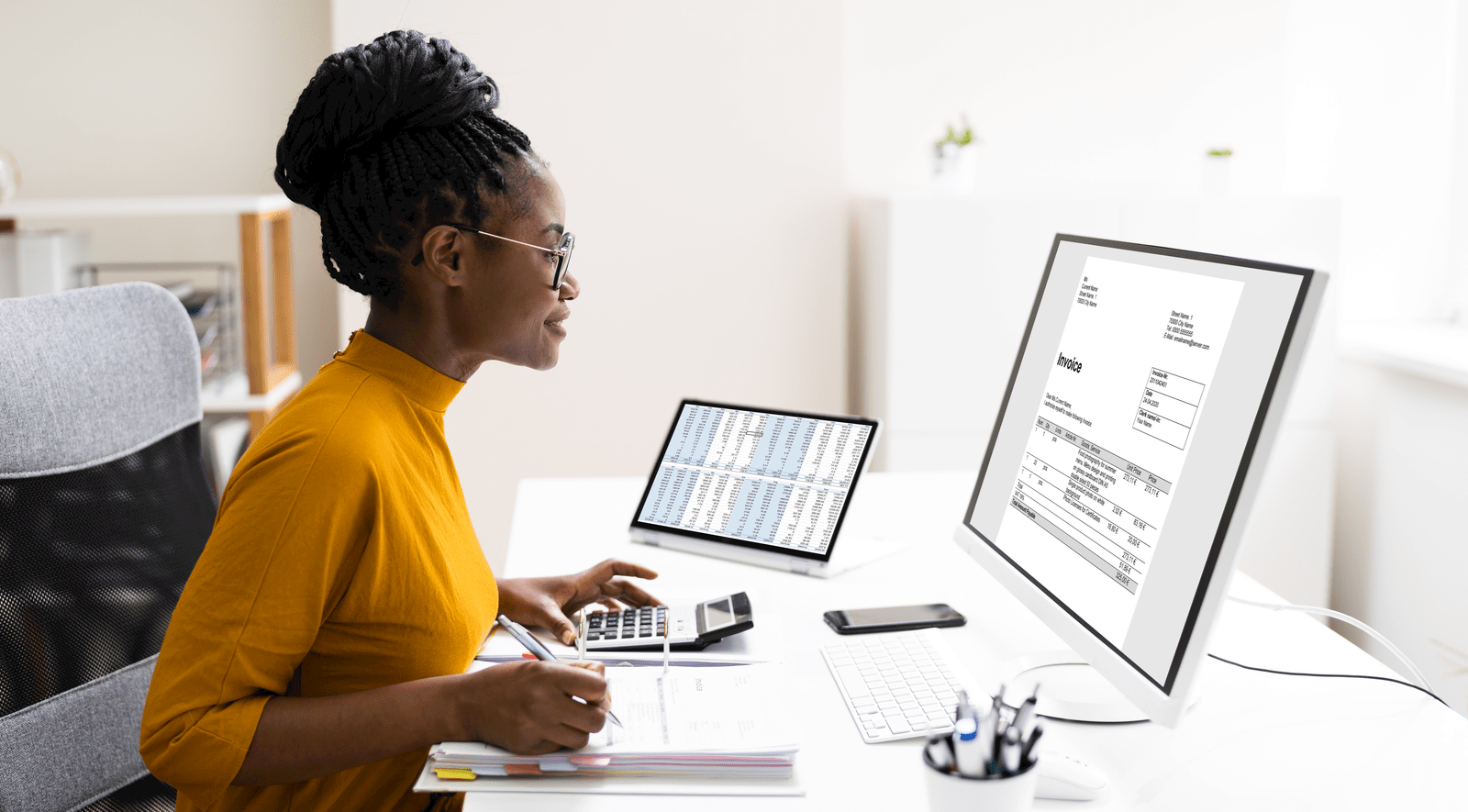Access the standard
- 2025 Issued Standard – IFRS 16
The 2025 Issued Standards include all amendments issued up to and including 31 December 2024.
Registration is required to access the free version of the Issued Standards, which do not include additional documents that accompany the full standard (such as illustrative examples, implementation guidance and basis for conclusions).
Note that the Issued Standards contain amendments that have a mandatory effective date that is later than 1 January 2025. Find details of the effective dates of amendments to this Standard in the Recent Amendments section below.
Summary and timeline
IFRS 16 replaces IAS 17. It provides a single lessee accounting model to be applied to all leases, whilst retaining a two model approach for lessors.
-
Lessees
Lessees recognise a right-of-use asset and a lease liability on the commencement of a lease.
- The asset is initially recognised at the amount of the lease liability plus initial direct costs; it is subsequently measured using the cost model unless the underlying asset is investment property measured at fair value or PPE measured under the revaluation model.
- The liability is initially measured at the present value of the lease payments over the lease term, discounted at the rate implicit in the lease.
An election can be made on a lease-by-lease basis to apply alternative accounting treatment to leases with a term of less than 12 months and leases for low value assets. In this case lease payments are recognised as an expense on a straight-line basis, or another systematic basis, over the lease term.
-
Lessors
Lessors classify leases as either operating or finance leases:
- Operating lease income is recognised on a straight line basis over the lease term; the underlying asset is presented in the statement of financial position (balance sheet).
- Finance lease income is recognised over the period of the lease to reflect a constant periodic rate of return; the underlying asset is derecognised and a receivable recognised instead, measured initially at the net investment in the lease.
Featured factsheet
‘IFRS 16 Leases – Updated’ provides an overview of IFRS 16 together with practical tips and examples. It has been updated for recent amendments.

Recent amendments
Log in to read more
These resources are available exclusively to Corporate Reporting Faculty subscribers, ICAEW members and students.
Related IFRIC interpretations
-
IFRIC 1 Existing Decommissioning, Restoration and Similar Liabilities
Addresses accounting for a change in a provision that is included in the carrying amount of an item of PPE. -
IFRIC 12 Service Concession Arrangements
Accounting guidance for arrangements where a contract is granted for the supply of public services such as roads. - SIC 29 Disclosure – Service Concession Arrangements
SIC 29 prescribes the disclosure requirements for each of the parties to the agreement. - SIC 32 Intangible Assets – Website Costs
SIC 32 addresses the appropriate accounting treatment for costs at each stage of the development of a website.
UK reduced disclosures – FRS 101
UK qualifying parents and subsidiaries can take advantage of FRS 101 Reduced Disclosure Framework. Our FRS 101 page gives more information on which entities qualify and the criteria to be met.
Log in to read more
These resources are available exclusively to Corporate Reporting Faculty subscribers, ICAEW members and students.
ICAEW factsheets and guides
The Corporate Reporting Faculty's annual IFRS factsheets provide a more detailed discussion of recent IFRS amendments.
ICAEW article and webinars
eBooks
The ICAEW Library & Information Service provides full text access to a selection of key business and reference eBooks from leading publishers. eBooks are available to logged-in ICAEW members, ACA students and other entitled users. If you are unable to access an eBook, please see our Help and support advice or contact library@icaew.com.


